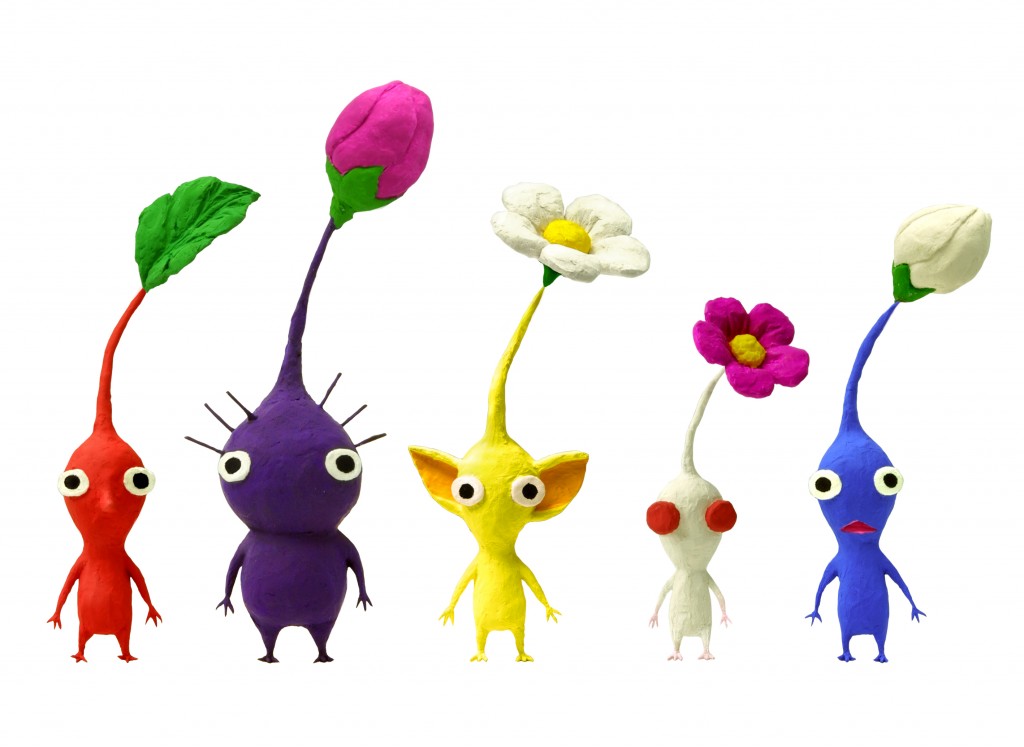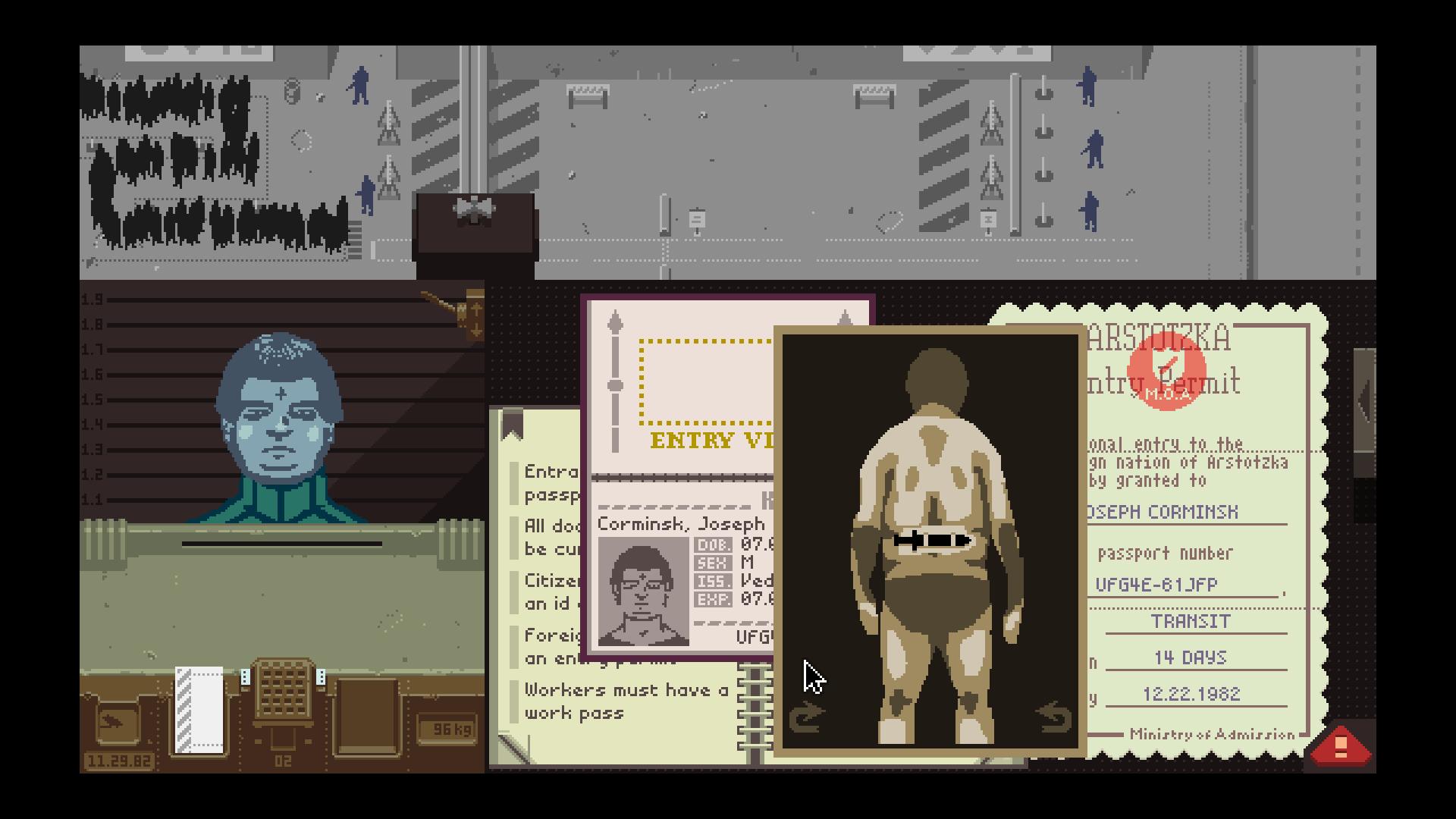Trending
Opinion: How will Project 2025 impact game developers?
The Heritage Foundation's manifesto for the possible next administration could do great harm to many, including large portions of the game development community.

Featured Blog | This community-written post highlights the best of what the game industry has to offer. Read more like it on the Game Developer Blogs or learn how to Submit Your Own Blog Post
This week, the plan is to dive into the genesis of Archmage Rises

I wrote my previous post because someone asked me to. I did not anticipate how well it would be received by the gamedev community. Thank you, everyone! Some favorite comments:
“I share a lot of similar background.”
“I wanted to contact you to let you know that I was incredibly inspired by your writing.”
“Thank you for this article. It may very well change my life.”
I enjoyed hearing thoughts from fellow developers on what I shared.
Some people wrote (in varying levels of harshness) that I’m going to fail again on PC just as I did in mobile. They stated that past performance is an indicator of future performance. If this were true, only people who have succeeded will succeed, and only people who have failed will fail. But life shows us something quite different: successful people failing and unsuccessful people succeeding. The real issue is not about past performance, but what has changed (the pivot, to use Lean Startup jargon) in the present. My article did not detail how I am applying all of the lessons learned to Archmage. That starts now!

Common Questions
A few questions/comments repeatedly came up that I’d first like to answer:
The logo looks more “casual” than “core.” This was identified to me previously, but your comments have convinced me that it needs to change. So, thank you! We’ve embarked on the creation of a new logo, and I will be posting some samples in the next week or two.
The artwork is concept art rather than in-game art. Actually, the art that I posted (in the article and on my website) is actual in-game art—not fancy concept art. The game is 2D and those are actual screenshots (without all the UI). For those who want a 3D RPG like Skyrim where you can run around, I’m sorry to disappoint you—but that isn’t Archmage Rises. I’m sorry to lose fans at this point, but better to disappoint you now than later. For people like me who can’t get enough of fantasy artwork, you’re going to love this game. I often joke, “If people don’t like Archmage, at least they’ll enjoy the beautiful fantasy artwork.” It’s kind of like wandering through a fantasy art gallery.
The teaser trailer doesn’t feature gameplay footage. I don’t yet have gameplay footage worth showing, so I made a teaser just to share the artistic tone of Archmage Rises. But I am going to do something special for you all very soon; I’ll describe this more at the end.
Social Media
A person asked me to share sales numbers when Archmage releases. I am making a full commitment here and now to do so. I find posts containing real sales and budget data to be the most helpful in game development, so I will try to reciprocate this. In the spirit of sharing numbers, here are the social media results of the first blog post:
100+ Facebook followers
150+ Twitter followers
175 Gamasutra comments (granted, many of these are me responding)
450+ newsletter subscribers
2,600+ views on A is for App trailer
6,000+ views on Archmage trailer
An amazing response! I now fear that everything new I write will be just a shadow of the impact of the first post. I almost wish I had more failure to share! :-)

Fans. What do I do with those?!
So I’m in a place I’ve never been: People care about what I’m building. I am deeply honored that you consider Archmage worth following. The last thing I want to do is to spam you with too much information or cross-posting (tweets about emails about blogs). So this is how I am utilizing social media to keep you informed—from most detailed/most frequent to higher level/ least frequent:
Twitter – Gamedev articles or resources I find interesting, reflections on game dev, and thoughts on other games about once a day.
Facebook – Step-by-step process of building the game 2-4 times a week.
Defiance Games VIP Forums – I’ll be making these private . . . an exclusive place where I will discuss features, mechanics, and artwork in detail with the community for their feedback to guide development.
Blog Posts – A deep dive into one aspect of game or the gamedev process once a week, on Thursdays.
Email Newsletter – The biggest news about the game and early access to some features once a month.
So if you just want to keep your eye on Archmage Rises to know when it’s getting close to playable, join email newsletter. If you want to be more involved in the dev process—commenting on features, artwork, and more—make sure to follow the Facebook page and see if you can get into the forums.

How to Have a Good Idea
I am very interested in what drives creative inspiration. How to spark it, then harness it. I’ve read books on it. I’ve looked into what the artistic masters like Da Vinci, Michelangelo or Bach did. I’ll share the best advice I have assimilated on the topic:
1. To have a good idea, always be thinking.
All the time. Never turn it off. Just keep coming up with stuff. If good ideas are only 1 in 100, that means you need to get through the 99 bad ones to hit your second great one.
2. Be well rounded; have interests outside of your field.
Truly unique great ideas come not from within but outside of your field. For instance, I built an AI to help manage a medical clinic’s patient flow (I used an algorithm based on a trucking scheduling problem I had previously written). The solution was revolutionary because I brought concepts from outside to the medical field. Later, I brought a similar approach from the medical field to a pizza company. Most great ideas are really a synthesis of others in a new place or new way.
Another example involves design patterns in software. A design pattern is a common solution to common problems. Where’d it come from? A software developer who was into architecture and thought, ‘What if there were design patterns in software the way there are in architecture?’ See, there are really only a handful of ways you can lay out a bathroom, hallway, or bedroom. Architects know these patterns. Suddenly, a whole segment of software development theory was born.

Pikmin was created because of the designer’s interest in insects in his backyard.
What’s hot in business management right now? Gamification. Bringing game design patterns (outside concepts) to everyday work environment (inside).
3. Everything can be a game.
This is easily proven: At some point, every parent invents the “quiet game” to see which child can be quiet the longest.
Lucas Pope’s Papers, Please is a fantastic example of this and I benefited greatly from playing it.

I have the kind of mind that wants to turn everything into a game. Conversely, I experience the world best through a game. For example, I was in Basilica of Saint Mary of the Flower in Florence, Italy. But I didn’t truly appreciate the intricacy of the statues, the incredible architecture, until I had to climb all over it in Assassin’s Creed II.
I remember when I was binge-watching Deadliest Catch. I was so inspired by these crab fishermen racing to make as much money as they could in a short time window, I just had to sit down and design a crab fishing derby game.
4. Use mind mapping
Mind mapping is a revolutionary and powerful way to document thought. It conforms to the pattern of our brains and thought more naturally than a notepad or Word.

Anyone who has been in a brainstorming session knows that ideas spawn more ideas which spawn even more ideas. Terrible, bad, awful ideas can spawn great ideas. Mind mapping is a way to effectively brainstorm by yourself.
XMInd.net is a free tool for mind mapping. Mind mapping is on my phone, iPad, and laptop. I won’t leave home without it (because of Point #1).
So if that is generally how to be inspired creatively, what initiated Archmage Rises?
The Birth of Archmage Rises
I was 11 when I read my first Dragonlance novel: Dragons of Autumn Twilight. I wasn’t even familiar with the book’s genre (Fantasy Fiction), but I was hooked.

Raistlin is the guy with the staff front left.
Margaret Weis and Tracy Hickman worked for TSR, the publisher of Dungeons & Dragons (originally created by Gary Gygax and Dave Arneson). From 1984 to 1986, Weis and Hickman wrote their game modules into two novel trilogies set in the Dragonlance campaign world to expand the audience. They are not quite at the level of The Lord of the Rings, but they are very good, they move quickly, and I love them.
Since that time, I have probably read 40+ novels set in the Dragonlance world. None of them are as good as the first six, but TSR figured people would like revisiting a familiar place with familiar characters and so just kept pumping out more novels. Wikipedia tells me there are now 190 Dragonlance novels!
Now before I continue, I have to warn you that the rest of this article will contain plot spoilers. I don’t feel bad doing this; the books have been out for almost 30 years, so I think you’ve had enough time to read them.
In Dragonlance, there is a main character called Raistlin Majere. He is born as a twin into a poor home. His twin brother is brawny and handsome, while Raistlin is sickly and scrawny. But Raistlin is highly intelligent and has a gift for magic. Maybe the greatest natural talent the world has ever seen. Raistlin studies hard to become a magic user (mage) and is the youngest to ever pass the dreaded test where failure means death. During the test, the Conclave of Wizards recognizes Raistlin’s potential. He will be a great force for good or evil in the world. Members of the conclave don’t want him to be evil, so they afflict him with golden eyes that see only death and decay to teach him compassion and humility.

Over the course of the books, Raistlin walks this line between good and evil forces in the world. The tension comes from never knowing which way he will ultimately commit. His twin brother loves him and believes in the good inside him, but he doesn’t know all the evil things Raistlin has done to accumulate power.
Raistlin eventually becomes the most powerful mage living in Krynn. But that isn’t enough for him: His ego and thirst for power cause him to go back in time to study under the most powerful mage who has ever lived. He ultimately kills this mage—stealing his books and spells and proving he is the most powerful mage of all time. But it doesn’t end there. He has a new goal—to become a god. To do so, he plans to battle the god of evil, Takhisis. The forces of good think this is a wonderful idea and ally with him. And you know what? He wins! He takes out the god of evil, then the god of neutrality, and finally the god of good. All that is left is Raistlin. And through all this, the world of Krynn ultimately gets destroyed. Because of some funky time travel stuff, Raistlin’s brother learns this is how everything ends and therefore tries to stop his brother in the present to protect the future. Kinda Terminator-ish.

So at the tail end of 2013, as I worked at my software dev day job, I re-read this epic story for probably the fifth time (still loving it!). Then one simple little question popped into my mind: What would it be like to actually be Raistlin Majere?
What would it be like to be born with the greatest natural talent the world has ever seen? But no one knows you have it. Would I use it for selfless or selfish ends? To care or to crush?
This is the inception point of Archmage Rises.
I am making a game where I can play a mage born with incredible talent and potential. Like Peter Jackson did with LotR, I’m trying to make it as realistic as possible at every point. Raistlin had to make his way in the world for quite a while before he really ramped up his power. He had to make money and make ends meet. He helped various factions, all to achieve his goals. He took risks where death was on the line, all in the pursuit of increasing power. Later in the novels, he is basically a super power—a wild card in world diplomacy. World leaders come to his door trying to ally with him. He’s come a long way from the runt who was picked on in school.

In Archmage Rises, it is very important that there is an open world—one shaped by your choices. Just like how a good GM responds to the actions of his players, so too this computer-generated world must respond. Raistlin was thrust into a harsh world where survival was not guaranteed. No one guided Raistlin’s hand (well you could argue the gods did a bit); he ultimately had to choose the path he would take. In Archmage, the choice to be a great good or evil mage is integral to the design of the game. And as you start going down one path, it snowballs. It is fully possible to play Archmage and become the villain of the entire world—where the whole world literally hates you and is trying to destroy you. Or you can be the world’s savior, where everyone loves you.
I haven’t fully confirmed that this feature will be in the game yet, but I do plan to include the ability to go back in time and kill the greatest mage that ever was, steal his stuff, and become even more über powerful.
It is my hope that anyone who enjoys Dragonlance will also enjoy Archmage Rises. I hope to create a game worthy of the incredible story Margaret Weis and Tracy Hickman have given us.
I do not have the rights to Dragonlance. Wizards of the Coast wouldn’t even license them to Margaret Weis after D&D 4th edition came out, so I can’t see how they’d let a solitary indie game developer license it. But if anyone out there has a contact at WotC, I will certainly try. My game is different enough from Dragonlance that it won’t matter, but if I could set it in Krynn—boy, that would be a dream come true. J
This probably all sounds very pie in the sky, but how will the actual game play? That I will have to save until next week, where I will describe exactly what I mean when I say this game is inspired by the SSI Gold Box RPGs. It was by analyzing those games that I saw how Archmage could be made.
SGD
Links:
More on Dragonlance: http://dnd.wizards.com/articles/features/dragonlance
Xmind Mind Mapping: XMInd.net
Archmage Rises Website: archmagerises.com Facebook: facebook.com/archmagerises
Twitter: @LordYabo
Read more about:
Featured BlogsYou May Also Like